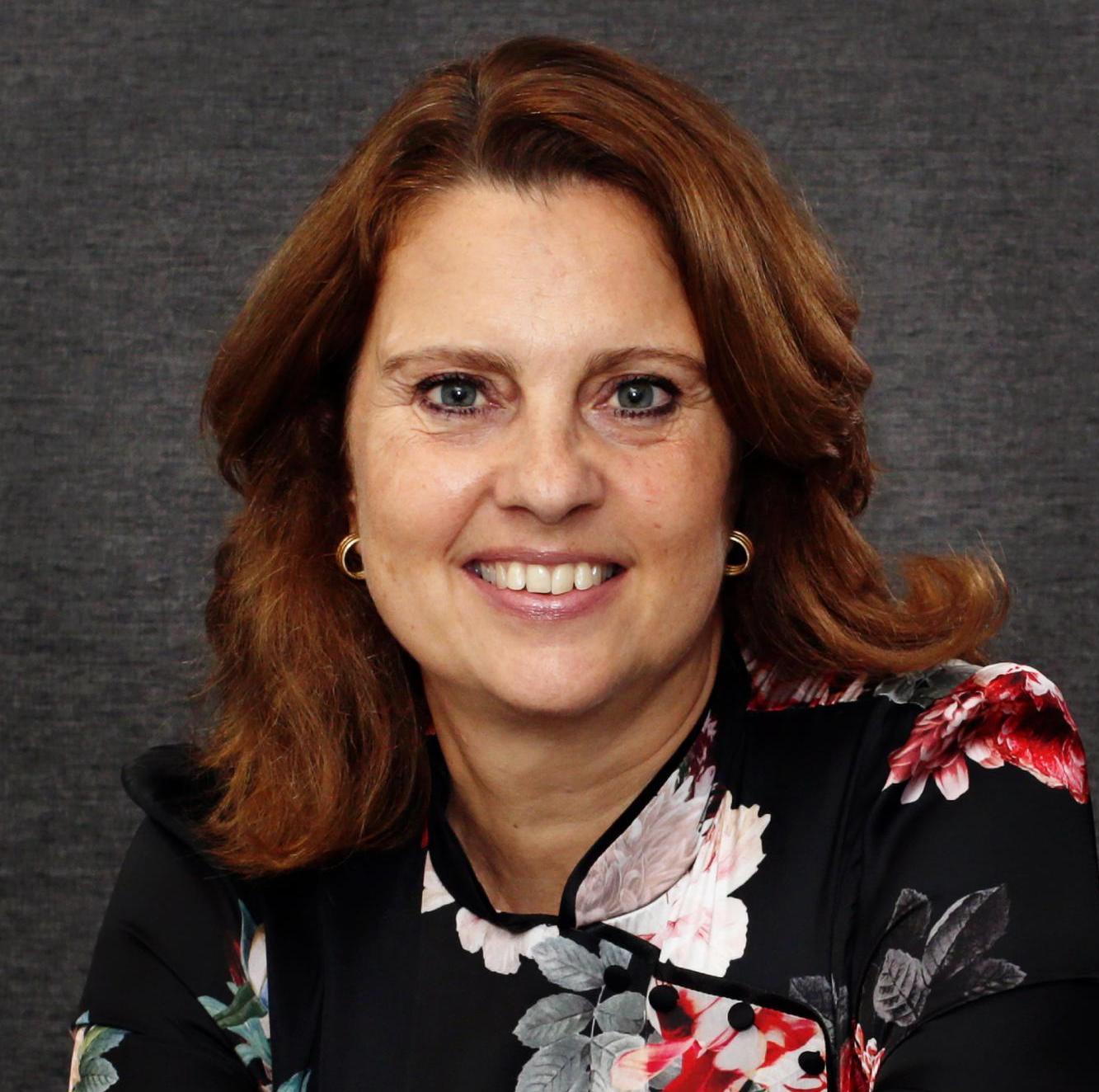Flexibility underscores Telstra’s approach to remote working

In today’s business climate, where the majority of the work force is working from home, connectivity is key to maintaining the well-being of people and businesses.
And as homes become offices, organisations need to think about how to enable employees to be most productive in a new environment, said Marjet Andriesse, managing director of Telstra in APAC.
She recommended starting with technology, as it plays an essential role to help staff be connected. “Remote working requires the right devices and solutions for people, as well as the necessary infrastructure,” Andriesse told HRM Asia in an exclusive interview.
“This can range from the hardware aspect like laptops or mobile phones, to Wi-fi connection, and to software such as collaboration and file-sharing tools to manage jobs and workflows. In addition, remote working presents corporate security issues, so make sure that the IT team has safeguards in place.”
However, while technology plays an instrumental role in enabling a remote working environment, do not lose sight of the fact that communication and transparency are crucial to sustain work-from-home experiences.
“During unprecedented times like this, organisations need to show support and reach out even more to their employees,” Andriesse explained. “Video conferencing or collaborative platforms are excellent ways to stay connected.”
For instance, Telstra holds weekly live streams to thousands of its workforce simultaneously and conduct Q&As, a feat the company is able to achieve due to a flexible IT environment, which enables Telstra to respond and adapt operations as required.
A flexible IT environment also allows the workforce to move outside of the organisation’s physical location at scale, and means there is enough connectivity to core systems to support the increased demand for secure remote access.
“Depending on the nature of the organisation, business leaders might also need to either equip workers with laptops, mobile phones and printers, or access the suitability of those already in place – do they belong to the company or the employee?” asked Andriesse.
“Other hardware considerations include headsets, microphones, noise-cancelling headphones and cameras for video conferencing.”
She is also quick to reiterate the importance of maintaining the organisation’s cybersecurity standards while working from home, as well as good cyber hygiene on the connections.
For starters, remote workers need to know their passwords, especially if they need to switch between computers and other devices. They also need to install any required software on their devices and have access to internal systems, such as the company’s HR platform.
“Most cloud-based work-sharing programmes offer some capacity but if backups are crucial to the business, bring it to the attention of the IT team.”
Flexibility is key for remote working
Remote working of course, is not a new concept to Telstra, even before the COVID-19 pandemic started. The 2020 Taal Volcano eruption in the Philippines, for instance, disrupted Telstra’s offices in Asia-Pacific.
“While these were unfortunate circumstances, we learned and refined our remote working capabilities and stress test our systems before the much broader impact of the virus hit,” said Andriesse.
At Telstra, remote work is enabled through the company’s All Roles Flex programme, which is designed to understand the need to be flexible, and to help its people do all the things they love.
“All Roles Flex is our promise and means flexible working is something we’re open to discussing for all jobs – whether that’s working part-time, outside normal business hours, from different locations, or job-sharing.
“In this programme, we’ve adopted a very broad definition of flexibility, recognising it will mean different things for different people, and different work types.”
When Telstra first trialled All Roles Flex in one business area, representation among female candidates increased, and 30% of those surveyed revealed that they had applied for the role because of Telstra’s openness about flexibility. A similar number reported that they were working flexibly in their new role.
“We went on to implement All Roles Flex on a company-wide level in 2014, and continue to promote the benefits of working flexibly where possible, and offer the best tools and services to connect our people anywhere, any time,” Andriesse reported.
She encouraged leaders to take Telstra’s cue to manage flexible working by checking in with their team members regularly, to see what is going on outside work. “We urge our people to trial new ways of flexible working and to take a guilt-free attitude to flexibility, because it improves productivity, engagement and results for customers.”



